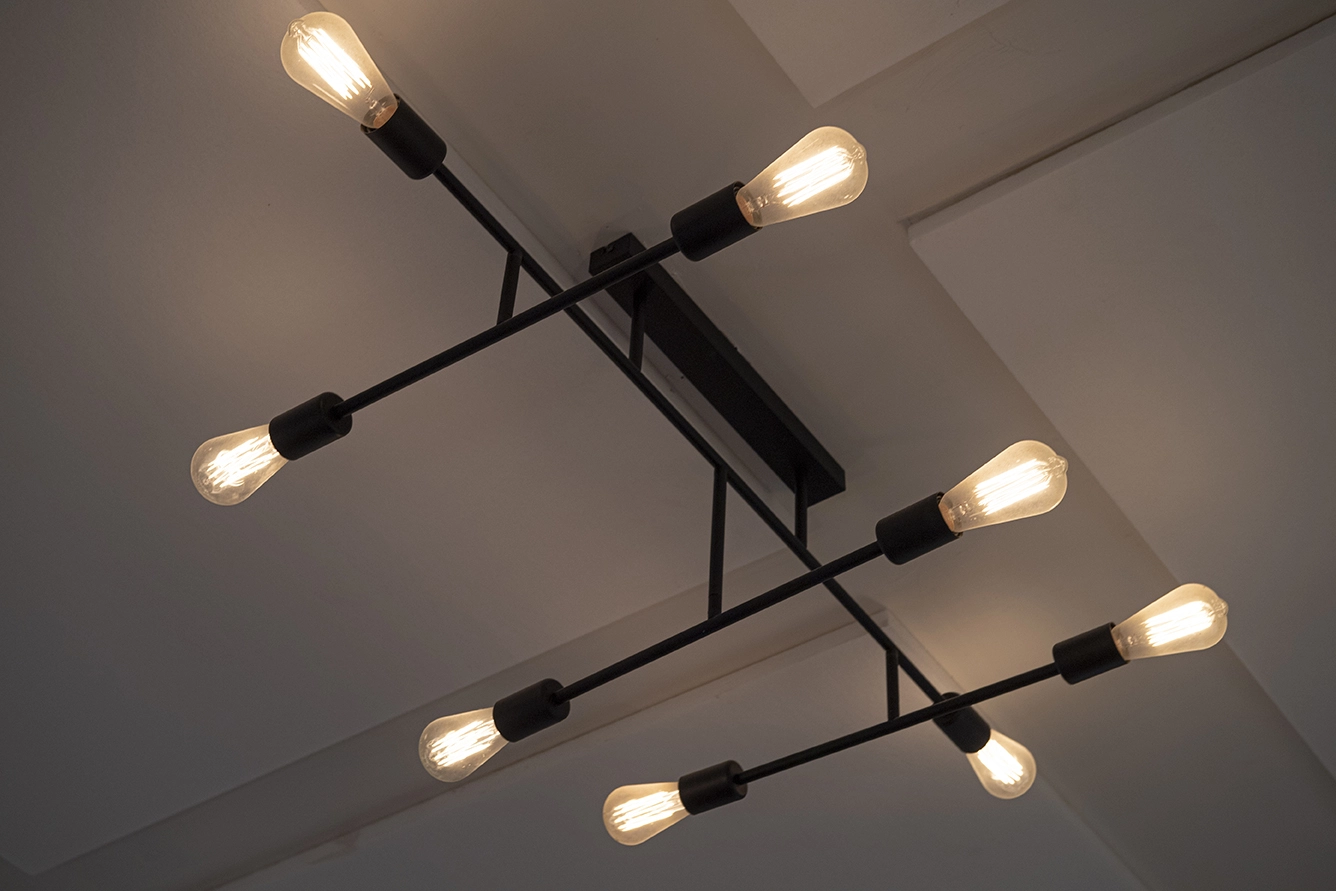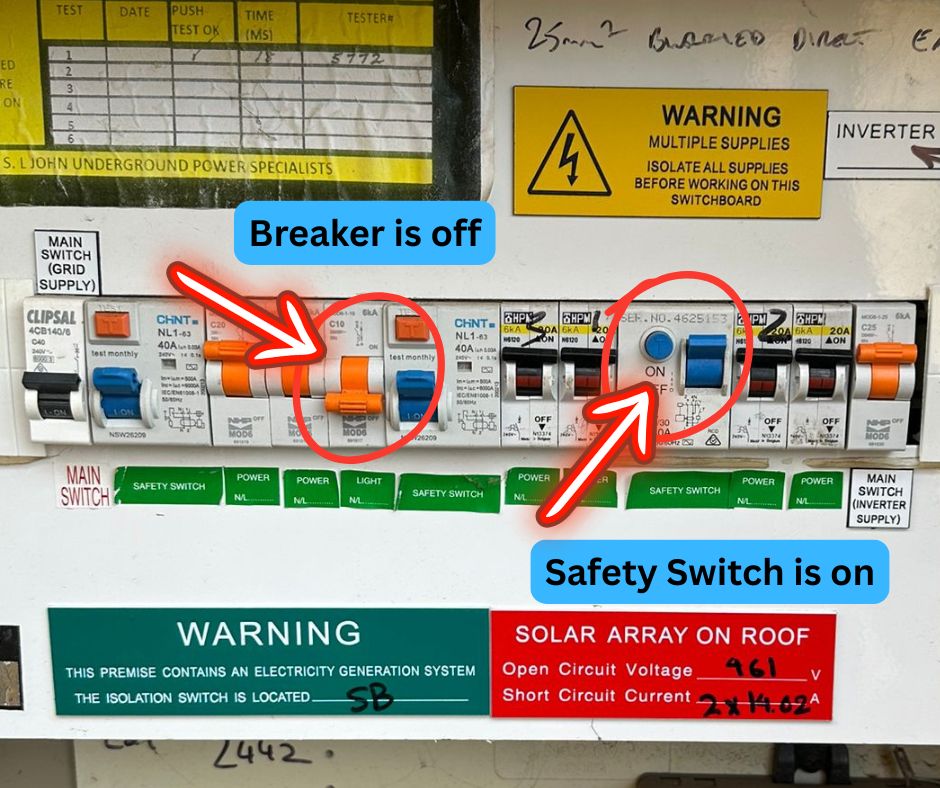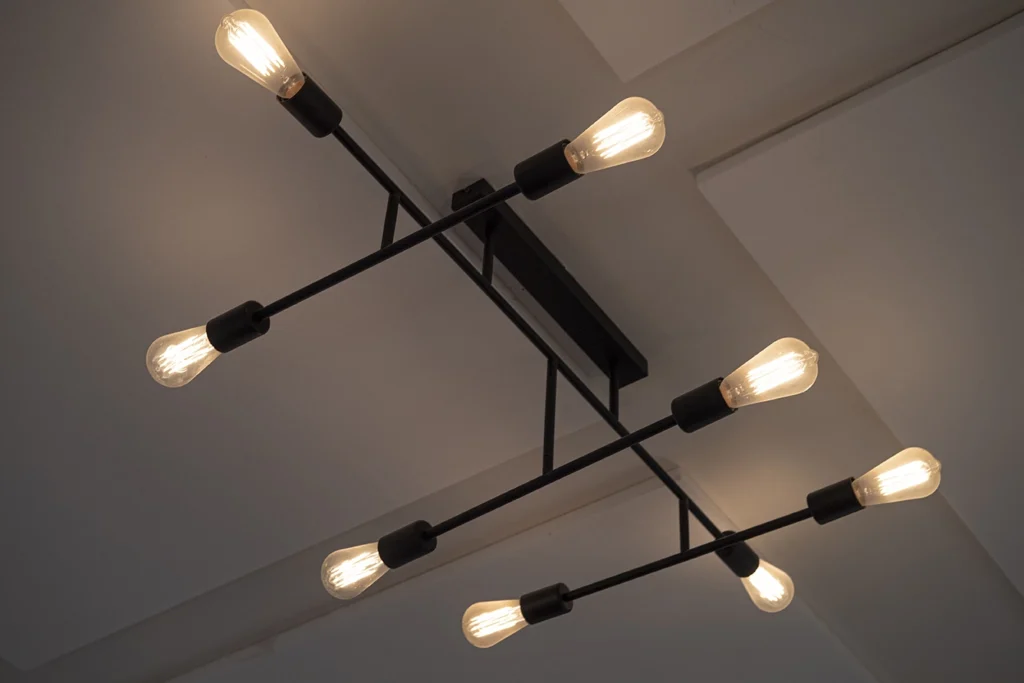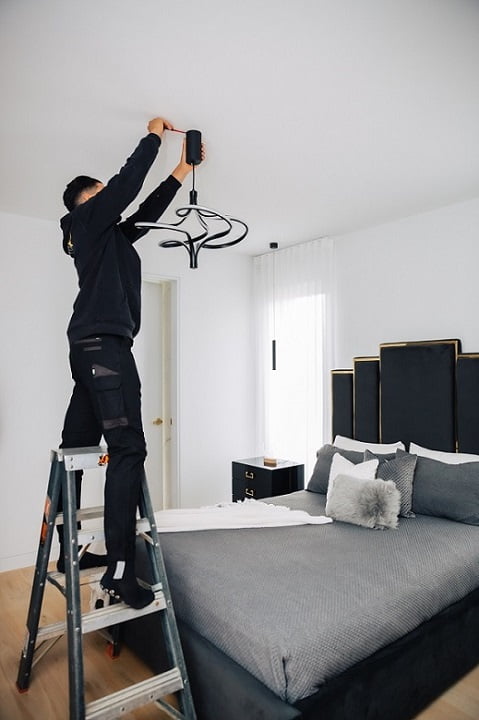Understand the Causes Behind Flickering Lights and Their Consequences
Flickering lights can evoke a feeling of discomfort and anxiety in any residential setting. Such disturbances may arise from a multitude of factors, including loose connections, overloaded electrical circuits, sudden voltage fluctuations, failing light bulbs, or malfunctioning dimmer switches. In some instances, persistent flickering may indicate a critical wiring issue or a neutral problem that requires urgent attention from a qualified electrician to ensure both safety and operational efficiency. It is vital to recognise these warning signs, as ignoring them can lead to escalating electrical problems over time, potentially endangering your home.

Comprehensive Analysis of Flickering Lights: Essential Insights
While a flickering light might initially appear to be a trivial annoyance, it often serves as a precursor to more significant electrical dilemmas that could be developing within your home. Whether you notice a single downlight flickering, an entire room dimming when a high-wattage appliance like a kettle is activated, or you experience ongoing flickering in LED lights, these symptoms typically highlight an underlying issue that demands immediate investigation. At Electrx, we pride ourselves on being Beacon Preferred electricians, consistently delivering a variety of lighting solutions. We frequently receive inquiries from residents located in Werribee, Tarneit, Altona, and Hoppers Crossing regarding flickering lights, and we feel it is essential to provide valuable insights into this matter.
Identifying the Most Common Causes of Flickering Lights
Assessing the Role of Loose Connections in Lighting Functionality
A poor connection at any point in your lighting system—whether at a light fitting, switch, or junction box—can result in intermittent power supply issues. This inconsistency manifests as visible flickering, which may not only be distracting but also signify more serious electrical concerns lurking beneath the surface. Regular inspections and appropriate maintenance can assist in pinpointing and rectifying these loose connections before they escalate into significant hazards that could compromise your home’s safety and functionality.
Spotting the Signs of Degrading Light Bulbs
As LED globes age or if they are of inferior quality, they frequently begin to flicker, especially when paired with incompatible dimmer switches. To ensure consistent functionality and prevent flickering, it is essential to replace outdated fixtures with higher-quality alternatives. Additionally, improper installation can exacerbate flickering issues, making it crucial to verify that any newly installed bulbs are compatible with your existing lighting setup to guarantee optimal performance and longevity.
Understanding the Risks Associated with Overloaded Circuits
Overloading an individual circuit with too many appliances, particularly in high-demand areas like the kitchen, can lead to lights dimming or flickering when other devices are activated. This scenario underscores the necessity of properly balancing your circuit loads and potentially redistributing appliances across multiple circuits. This practice not only effectively prevents flickering but also ensures a consistent and reliable power supply throughout your home, enhancing safety and functionality.
Evaluating the Effect of Faulty Dimmer Switches on Lighting Quality
Not every dimmer switch is compatible with LED bulbs. If you have transitioned to LED lighting but retained an older dimmer switch, compatibility issues may arise, resulting in flickering. To avoid such complications, it is advisable to replace outdated dimmer switches with modern versions specifically designed to function seamlessly with LED technology, ensuring stable illumination and optimal performance throughout your home.
Recognising Voltage Fluctuations and Their Effects on Lighting Performance
If you observe your lights dimming when the heater kicks in or flickering during the refrigerator's cycling, it is likely that you are experiencing unstable voltage supply or issues with the neutral conductor. These fluctuations can potentially lead to significant damage over time, making it imperative to conduct a comprehensive inspection of your electrical system to identify and rectify the underlying issues contributing to these voltage irregularities.
When Flickering Lights Signal Serious Electrical Concerns
Although occasional flickering may not warrant immediate alarm, certain warning signs should raise your awareness about potential underlying issues that require urgent attention:
- Multiple rooms flicker simultaneously, indicating a widespread electrical problem
- Lights brighten and then dim again, suggesting an unstable power supply
- Buzzing sounds emanating from the switchboard or fixtures
- Other appliances are similarly affected by flickering
- Burning smells or discolouration around light fittings
These indicators may suggest a potential electrical fault that could pose a fire hazard or lead to electrical accidents. It is crucial to take these signs seriously and consult a qualified electrician without delay to ensure the safety of your home.
Practical DIY Strategies for Diagnosing Flickering Lights
- Replace the bulb: If flickering appears to be isolated to one light, swapping the bulb with a high-quality LED could resolve the issue.
- Test without dimmers: Temporarily removing or bypassing dimmers can help ascertain if this stops the flickering.
- Turn off major appliances: If flickering decreases when heavy-load devices are switched off, this may indicate an imbalance or undersized circuits.
Should flickering persist or impact multiple areas of your home, it is essential to seek professional assistance. Our Electrical Fault Finding team is thoroughly equipped to swiftly trace the source of the problem and implement effective solutions tailored to your needs.
Request Your Free Quote Today!
Discover Our Free Electrical Inspections

Our Comprehensive Approach to Resolving Flickering Lights
When we receive requests to investigate flickering lights, we rely on thorough assessments rather than making assumptions. Our extensive service includes:
- Load and voltage tests performed on each circuit
- Switchboard inspections to detect loose terminals and aging breakers
- Neutral connection integrity evaluations to ensure safe functionality
- Compatibility assessments for dimmers and LED drivers
- Circuit separation if appliances are overloading shared wiring
- Thermal imaging where necessary to identify hotspots or faults in concealed wiring
If we determine that your switchboard is outdated, we may recommend a Switchboard Upgrade to improve the stability and safety of your electrical system, ensuring long-term reliability and performance for your home.

Investigating Flickering Lights in New Builds and Renovations
Even newly constructed homes may encounter issues with flickering lights, particularly if lighting fixtures were installed using inferior materials or if the circuits were improperly balanced. Some common causes of flickering in new constructions include:
- Substandard LED drivers that fail to deliver stable power
- Shared circuits for lighting and power, causing inconsistent functionality
- Low-cost “smart” dimmers installed without suitable load matching
- Electricians using halogen-rated dimmers with LED retrofits, leading to compatibility issues
Conducting a thorough site inspection can help ascertain whether the flickering is caused by a fitting problem or if it stems from a more serious wiring issue that necessitates prompt resolution.
Frequently Asked Questions Regarding Flickering Lights
Why do my lights flicker when the washing machine operates?
This typically indicates that your circuit is overloaded or that the voltage supply drops under load. We are well-equipped to perform tests and rebalance the circuit to rectify these issues effectively.
Is flickering a dangerous situation?
It can be hazardous. If flickering affects multiple rooms or intensifies over time, it may point to a loose or damaged connection, which poses a potential fire risk that should not be ignored.
Can you resolve this without having to rewire the entire house?
Absolutely. In most cases, we can address the issue by repairing or segregating specific circuits, or by replacing faulty fittings and switches, ensuring minimal disruption to your home.
Can dimmer switches contribute to flickering?
Yes, particularly older dimmer switches when used with LED globes. We can install compatible dimmers or rewire your system to achieve complete LED compatibility, enhancing your lighting experience.
The Urgent Need to Address Flickering Lights Promptly
Flickering lights are more than just an inconvenience; they frequently serve as indicators that something is amiss within your electrical system. In some cases, resolving the issue may be straightforward, while in other instances, it could signify the onset of a more serious electrical problem. As Beacon Preferred electricians, we are committed to identifying and rectifying any faults, ensuring that your lighting system remains safe, dependable, and hassle-free.
Contact Us for Your Tailored Quote!
Inquire About Our FREE Electrical Inspections Today!

The Article: Flickering Lights? Discover What It Might Indicate first appeared on https://writebuff.com
The Article Flickering Lights? Uncover Their Possible Meanings Was Found On https://limitsofstrategy.com





I really appreciate how you’ve broken down the potential causes behind flickering lights—it’s easy to overlook them as just an annoyance, but it sounds like the issue could be much deeper than that. I remember a few years ago, I experienced this odd flickering in my living room, and at first, I thought it was just the bulbs. But when they didn’t stay steady after I replaced them, I realized I might be dealing with something more concerning. As it turns out, it was an overloaded circuit!
It’s interesting how often we dismiss flickering lights as minor annoyances without considering what they might actually signify. Your experience is a great reminder that sometimes the simplest things can be symptoms of bigger issues. Overloaded circuits can definitely lead to serious safety hazards, and I think it’s crucial for people to be aware of those risks.